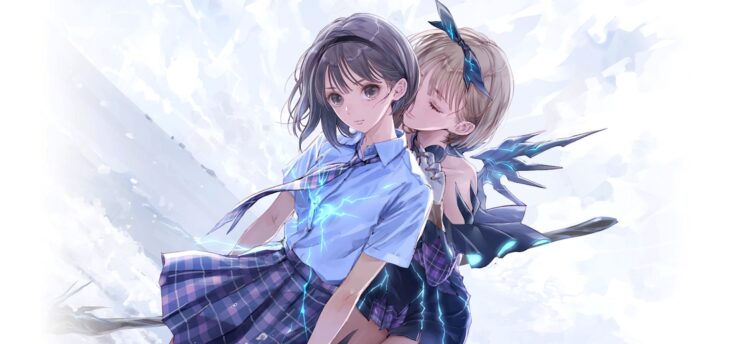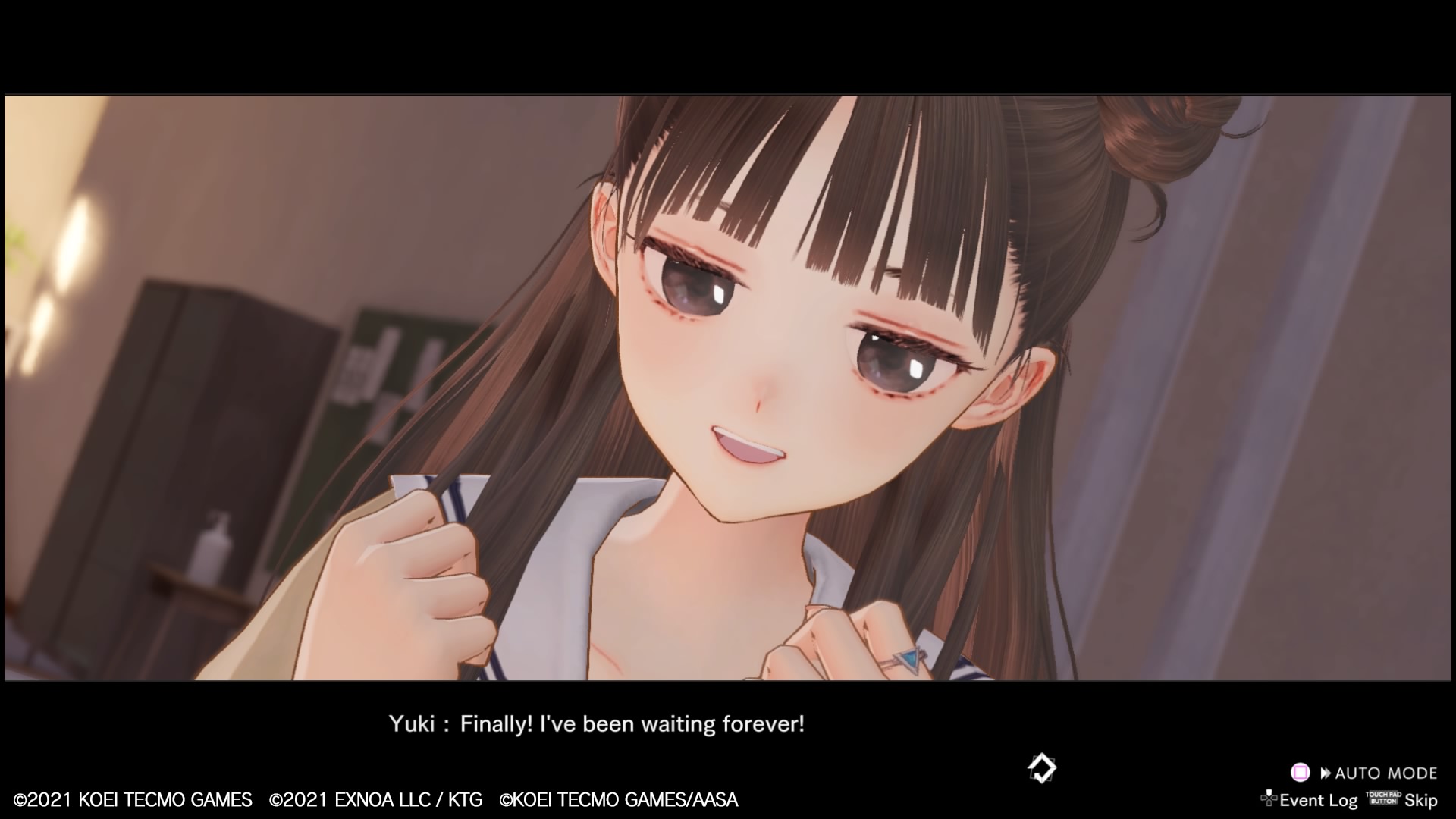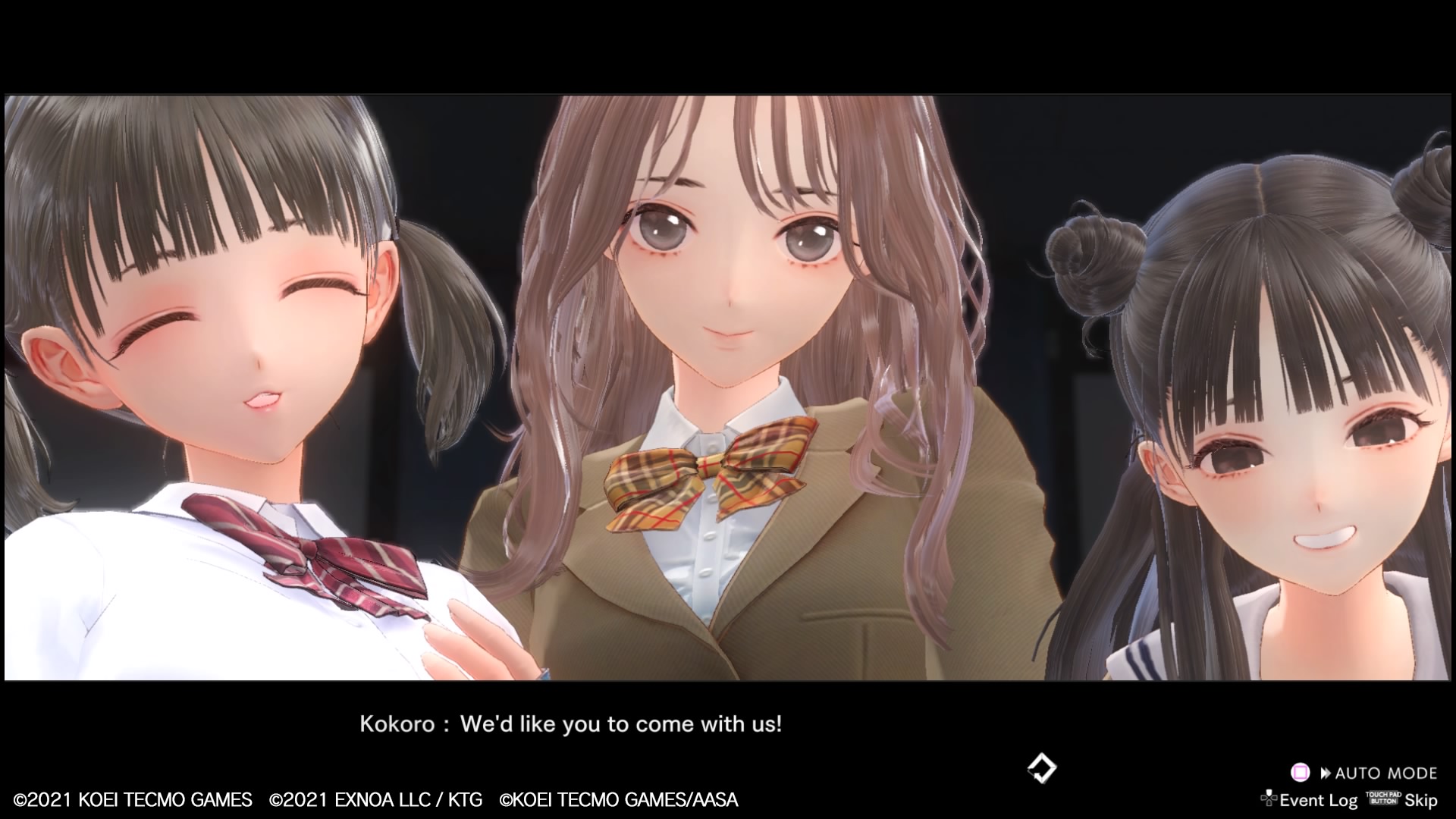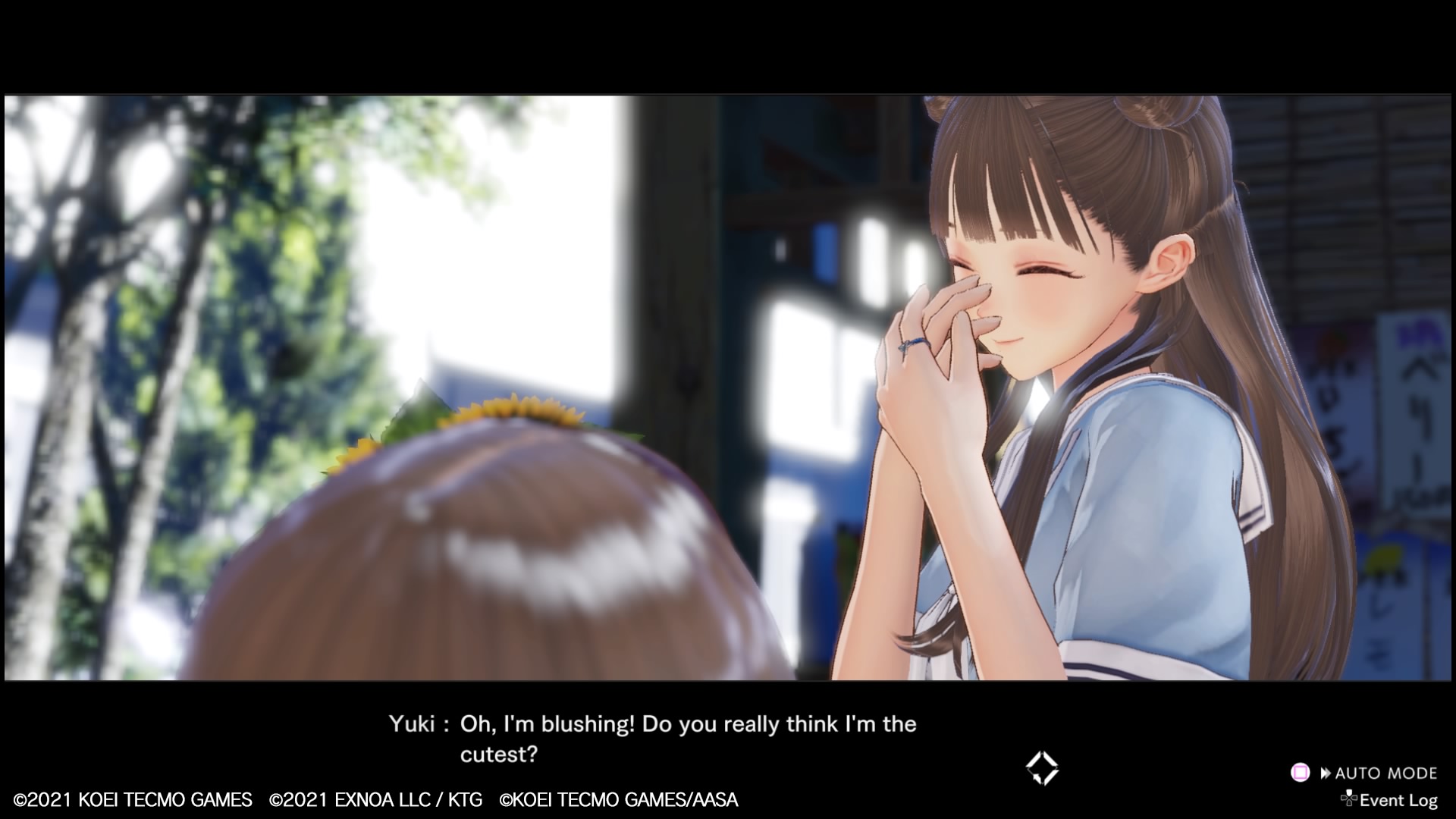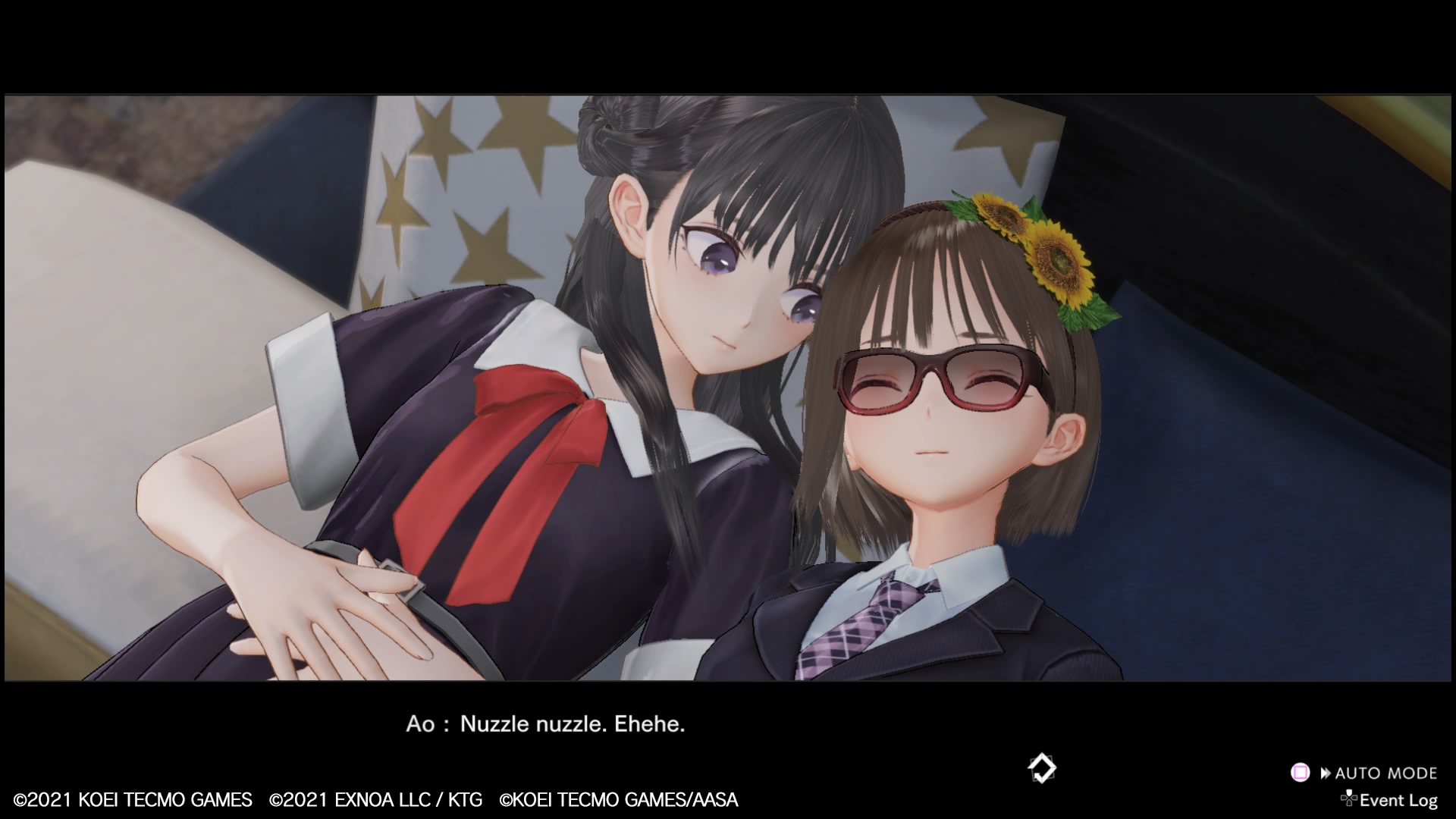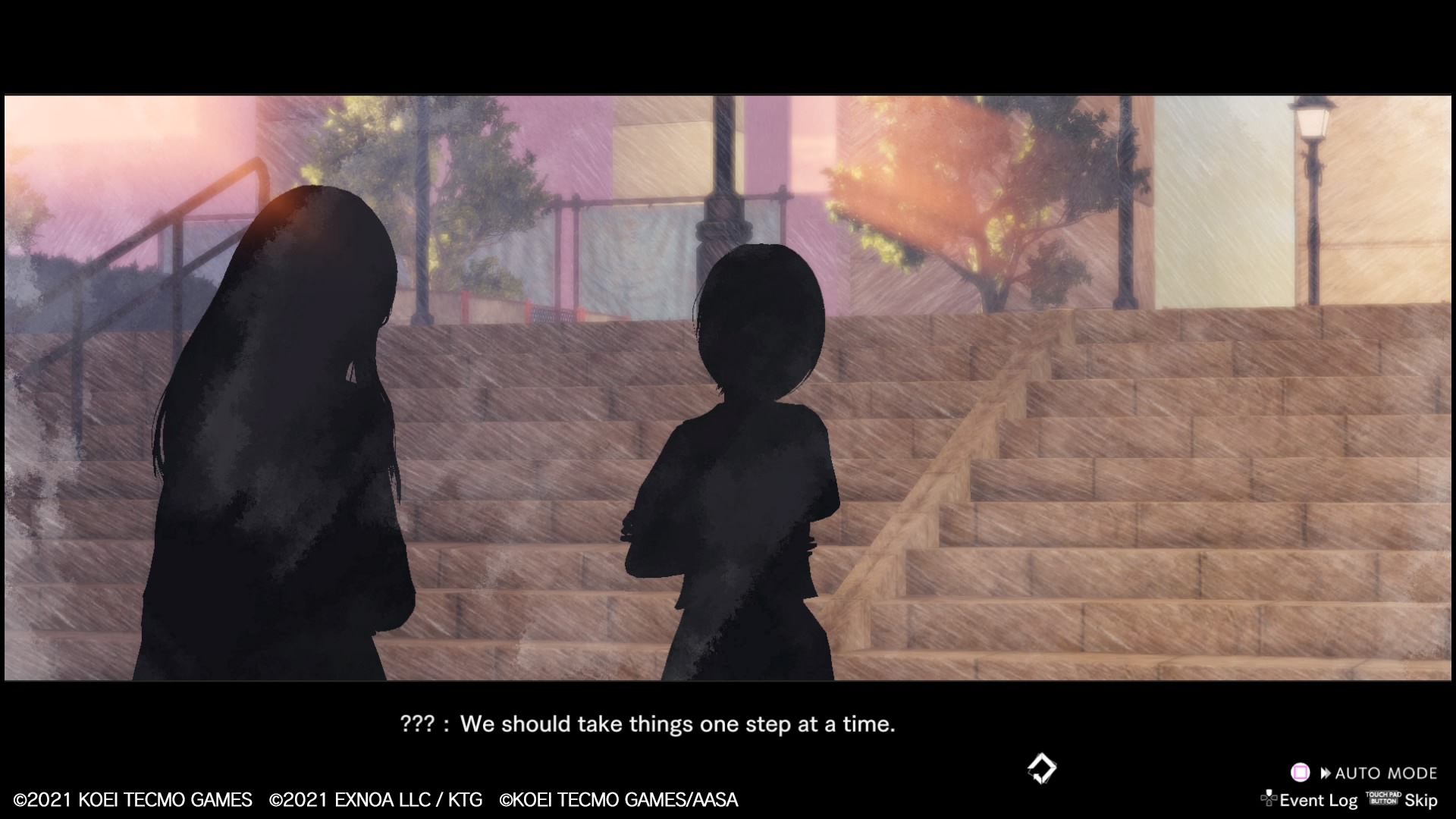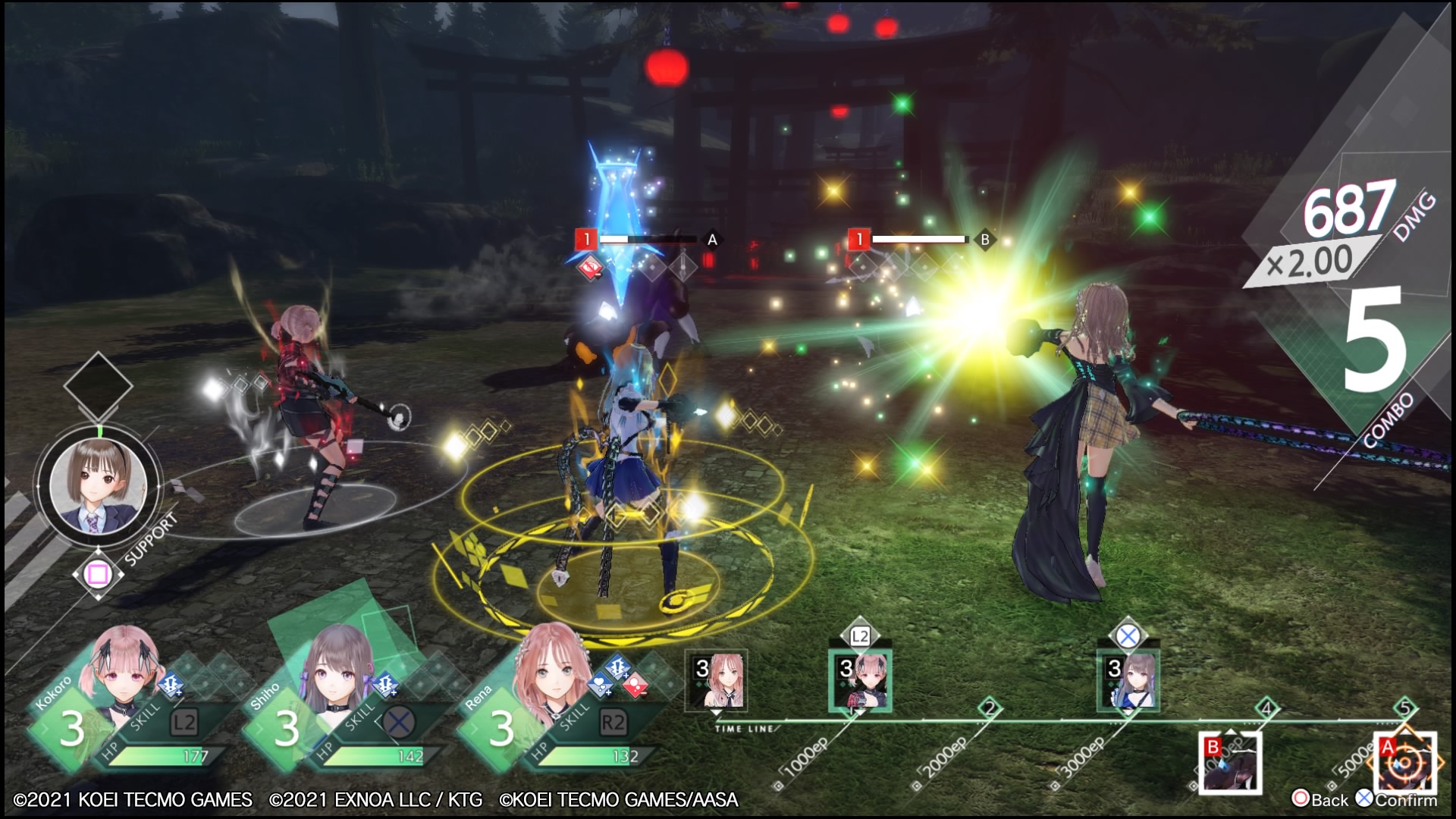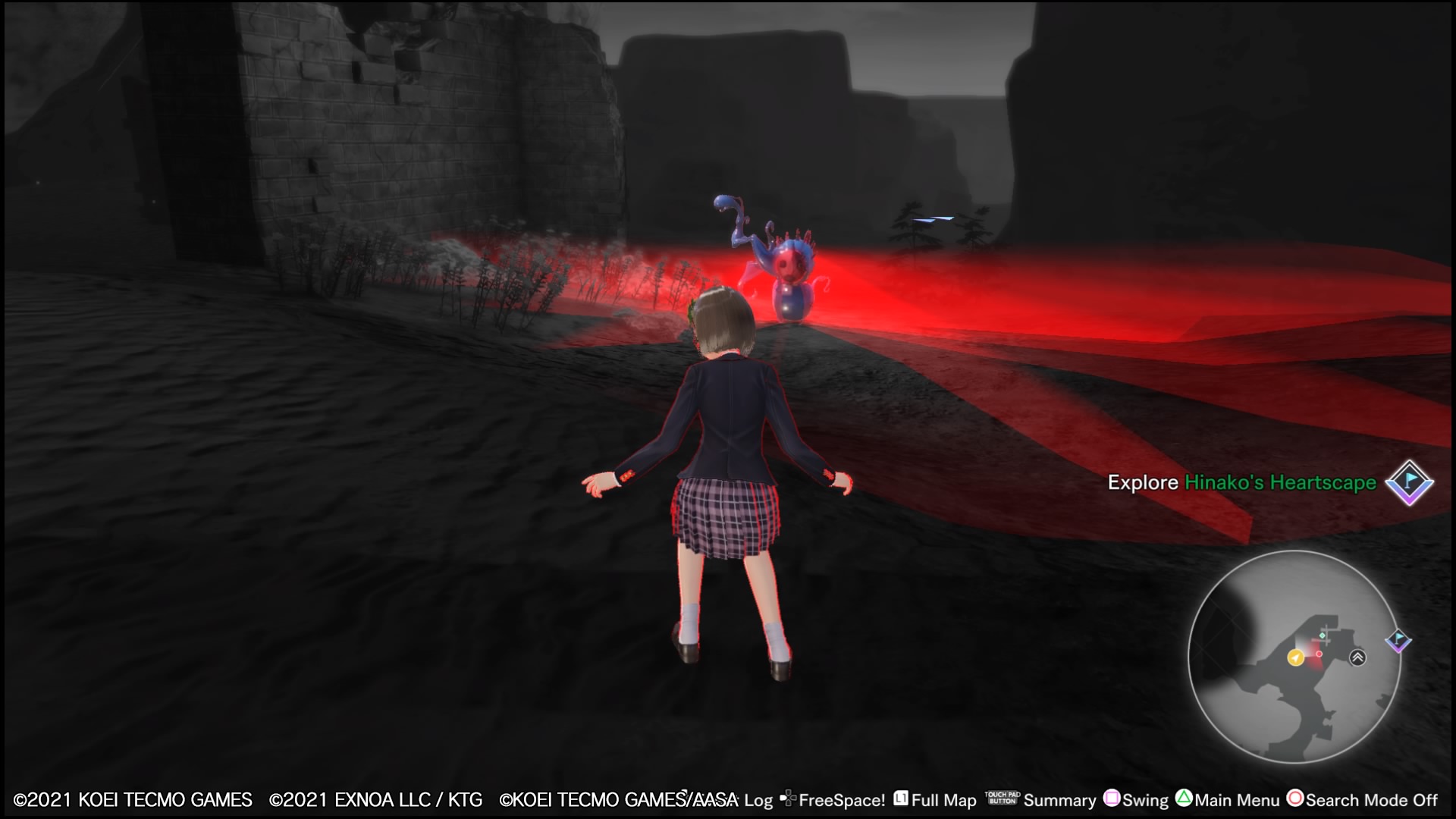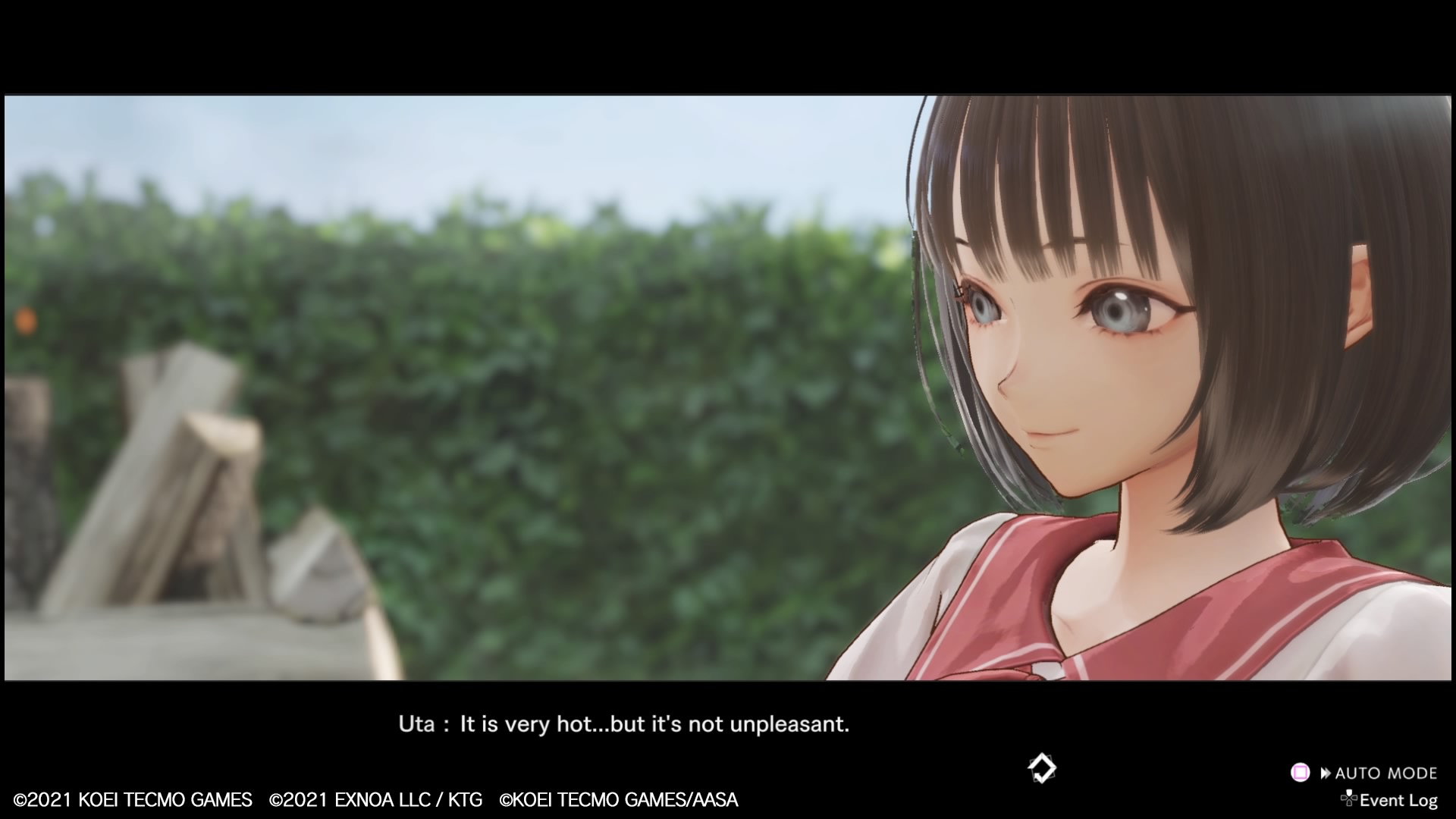Become a magical girl again? Pfft isn’t my answer obvious? YES!
Type: Single Player
Genre: Magical Girl RPG
Developer: Gust
Publisher: Koei Tecmo
Release date: November 9, 2021


I couldn’t be happier that Blue Reflection: Second Light is finally here. Granted, I haven’t hoped for a sequel as long as others, but the announcement for this game was the reason why I found out about Blue Reflection. When I researched it, I heard it was basically like a magical girl budget Persona, except with a lot of lost potential. Nonetheless, I played it recently (and by recently I mean I played it and then went straight into Second Light) and I really liked it despite how much it could have improved. So of course, I was excited to dive into the sequel and even more so to see how much it improved.
Considering that this is a sequel, I’m sure there are a lot of people wondering if they should play the first game. And if they should watch the anime (Blue Reflection Ray) as it was also released before Second Light as well (though I didn’t end up watching it). While the main characters from the first game and three characters from Ray appear here, and this does take place sometime after the first game, I don’t think it’s needed to play/watch these to understand what’s going on. Everyone does lose their memory and I do feel the characters do explain what happen in their respective game or anime when the story calls for it. Playing/watching them will mainly just give you more information on what they’re talking about and having more of an emotional connection to these returning characters. Though, I still personally will recommend at least playing the first game if you manage to get it on a discount before diving in here.
Blue Reflection: Second Light has us following a new character named Ao who is just an ordinary high schooler with an ordinary life. She has always wished that she was special so her life wasn’t as boring, but she kept on with what was familiar. Until one day when everything changed. While she was walking to her summer classes at the start of summer vacation, Ao realizes that she dropped her phone and when she finds it she finds that she got a strange text. Okay… weird but still got to go. But this causes Ao to be transported to another world consisting of a school in the middle of a vast ocean. Luckily, three others have been here way before she arrived, Kokoro, Rena, and Yuki, so she isn’t here by herself. However, they have no memories of their time before they were at the school while Ao has been able to retain her memories.
Shortly after Ao arrives, another area was plopped down into their world at the end of some train tracks after talking to Kokoro, which jumpstarts everything that happens from then on. While they won’t know this until a bit later, the train tracks actually leads to multiple different areas which they collectively name as Heartscapes as they’re made up of someone’s memories and emotions. A new Heartscape appears once they encounter something that is personal to them and makes them think about their past, and going through their Heartscape will allow everyone view this strong emotional memory and let them regain all of their memories once they reconnect with their Fragment. Though, it does seem that their process of remembering has the tendency to pull others in. Nonetheless, you aim to get everyone’s memories back, figure out why you were all put there, find a way back to your world, and hang out in the mean time. Oh, and did I mention that some of these girls can turn into magical girls (or Reflectors) which enable them to fight with the power of their emotions?
Blue Reflection: Second Light is split between two different aspects, the slice-of-life aspect at the school and the Heartscape. There is a lot to do while you’re just hanging out at the school, which is optional, but I do recommend doing as much as you can. Crafting returns, but there is a lot more to do and is a bit more important. You can craft a lot more items here, some which you can actually use in battle to heal/buff/debuff and more refined materials. You can also build the new facilities which will give you a small boost when built and placed on the school grounds, with some giving you the choice to activate their effect in exchange of a disadvantage or requiring you to use an item to activate it as they were more of the powerful effects.
Of course Blue Reflection can’t be Blue Reflection without spending time with the other characters, which are called Dates. Dates are unlocked based on your progress and what facilities you have out (as various Dates will have you going to them) where you can bond with them and lowkey flirt. Though, I do wish you could just walk faster when you’re walking (though you can just teleport to the date location). You can even select some dialog options (which is where the flirting can happen) to personalize them more and these do grant you fragments based on what you chose, which are used to strengthen your characters when equipped. They will also give you requests, which are a bit more varied than before and I feel are more spread out. This is another way to increase a character’s Talent Level and a few of them are required to move on as the reward can be a blueprint for a needed crafting recipe.
A big change here is that your bond with the characters is separate from their actual level. Battling will actually net you EXP this time around, but bonding will net you Talent Points and increase their Talent Level. Talent Points are used to give characters more stats on top of their base ones, increase the effect of facilities on them, let them equip more fragments, give them one or two new battle skills, and have them apply an effect when they’re helping craft an item. Increasing their Talent Level is very useful due to this, and you can build the characters to what you need (though unlike the first, you won’t be able to max everything).
On Dates and getting to know the characters, what I really liked and appreciated was how the returning characters were handled. I was more or less expecting it to be a bit of a retread on what you learn about Hinako in the first game, just being told to you by the character rather than experiencing it as her, but I was pleasantly surprised instead. The writers instead used this as an opportunity to develop Hinako more as you do get a look into her past and get to know her more when going on her Dates. There are references to what you did as her, one of which made me laugh when she mentioned she took baths like every day, but a lot of it is new information. I can’t speak on the three characters that came from the anime, but I do suspect that it’s the same for them as well based on how Hinako was handled and how the three characters talked.
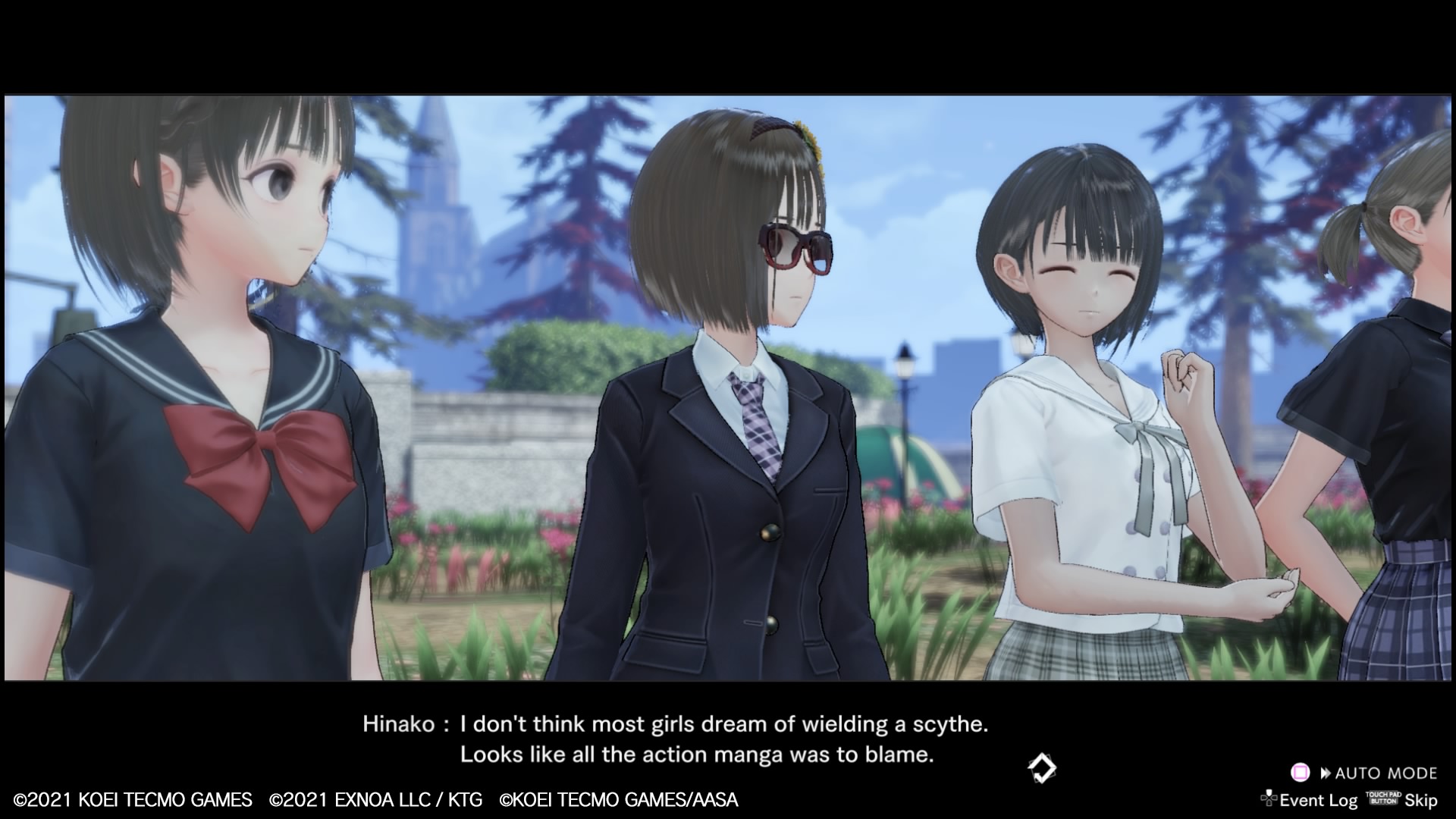
It looks like I’ll be making comparisons between the first game and this one, but I just can’t not mention how much it improved between the two. One criticism on the first Blue Reflection was while it does have an interesting premise, it does get boring after a while. This was the case for me as well, though it was mainly with the supporting characters as a lot of them do end up blending together. Well, you can’t say this about Second Light. The story here is great and engaging, with the characters being better here as well as I never felt bored when reading their dialog. All the characters are different from one another, the dates you go on all vary (in comparison to the first where they were more or less the same), they all are going through their own set of struggles, and a lot of scenes caused me to laugh either from the character’s dialog or by the small reactions that were put in. I have a feeling this is mainly due to how the story is structured. This is still about strong emotions, but it focuses on the memories they’re attached to and regaining them (and thus regaining all of their memories alongside it). As you get to witness these memories, it makes you closer to these characters and it also helps that the Dates bring out even more of their personality or the side that they barely show.
Once you’re done going on Dates and crafting, it’s time to go into the Heartscape. Each Heartscape is different, as each of them are personally connected to one character, bringing in new scenery and layouts. Which you can imagine is a breath of fresh air when you’re coming straight from the first game where you have two or three different layouts for each area in The Common. Especially with how pretty a lot of these Heartscapes are. Though, the Heartscapes are populated with nasty demons (which there also seems to be more variety here) that will go straight for an attack. The combat has changed a lot here, and while I do miss the more turn-based combat the first game has, the one here did grow on me.
From what I hear is similar to the combat in Atelier Ryza, combat is now a more fast-paced real-time battle system. The timeline that was used to dictate who went next is now retooled into your ether gauge and is a way to see how close the enemy is to attacking. Being able to control three characters, with one as a supporter, each of them will gain ether (which is their emotions) as they go up the timeline. Each bar on the timeline represents an ether amount and will have the Gear number which the girls can only reach if they’re on that Gear. Gear is basically built up as you attack and allows you to not only gather more ether, but will make your skills more powerful and will let the girls transform into their Reflector outfits once they get to Gear 3. While building up Gear is slow at the beginning, there are fragments, Talent Skills, and facilities that will let you gain ether faster to the point where you can get to Gear 3 on your second attack as early as Chapter 5. However, with how fast paced the combat is, you won’t really be able to get a good look at their Reflector outfits.
Anyway, a character an only gather up as much ether as their Gear allows before they’ll stop. You need at least 1000E to attack or do a skill, where this is the only time the combat will pause, before they’re put back at the beginning with 0. But as they get higher in Gear, this will allow them to gather more at one time so they can unleash a powerful skill or even attack/heal/buff multiple times without stopping. Though you do have to worry about the enemy attacks, which will cause you to decide to leave some leftover or whether you should heal once now before they faint or heal multiple times later. As you fight, you’ll also build up your combo which also causes your attacks to become slowly stronger. There are powerful enemies that can do an attack to erase your combo that only Ao can shield, which brings in more worry on your Ether use, but this is really only a problem in the beginning and by the time you’re tempted to switch Ao out, you might be okay enough to just take it. You can also set a character as a Supporter which is dictated by filling up their circle, which will dictate when they do their Supporter skills, using an item (if you don’t want to waste your main team’s turn), or even switch them in.
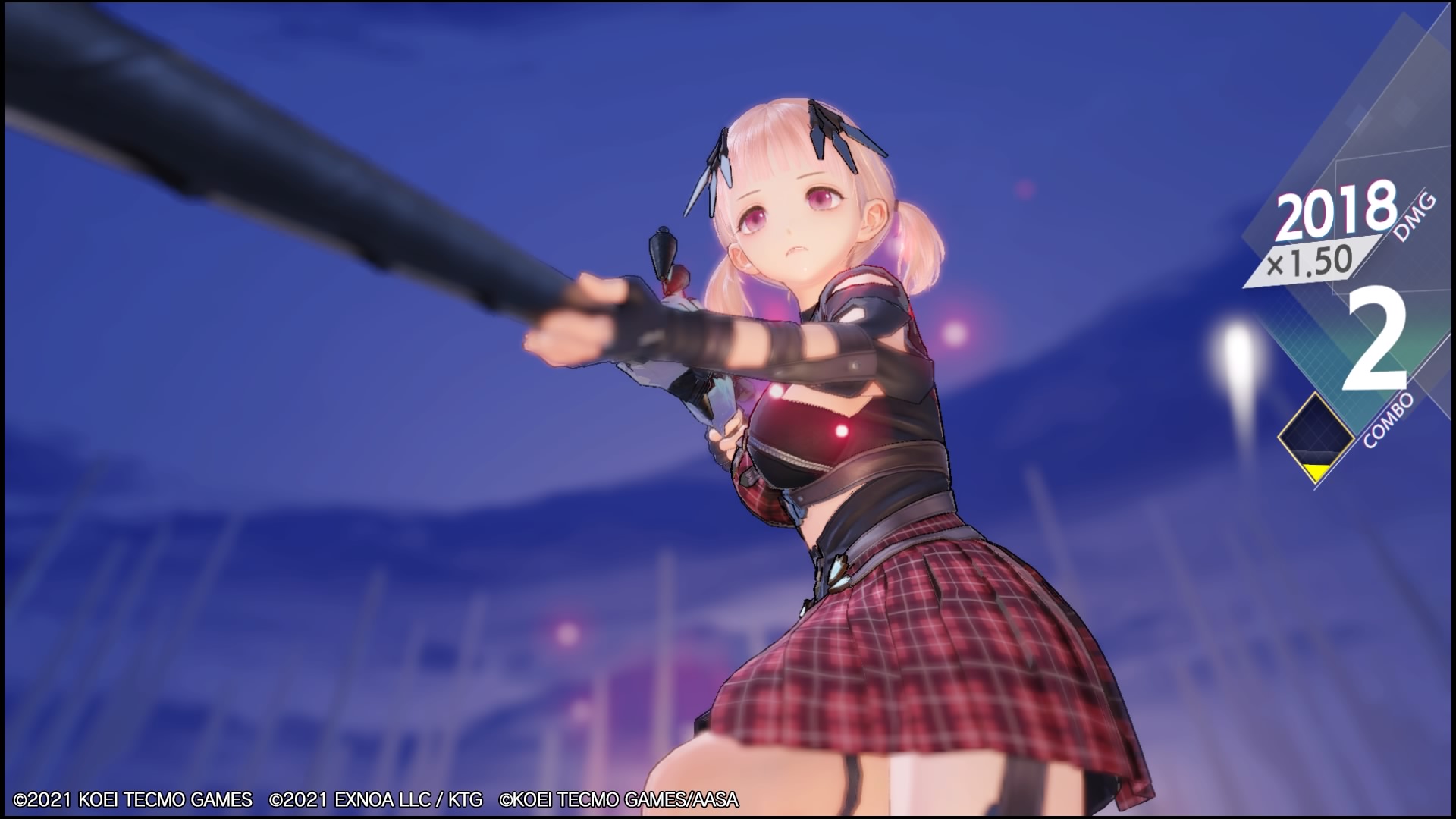
As Supporters are toned down more and available all the time, you instead have One-and-One battles that the boss can temporarily pull you in or you can activate when breaking their knockdown shield. This is basically an up close battle where you have four different skills, with the enemy going down the timeline to indicate when they’re attacking and the timeline being used to indicate how long it’s going to last. The whole thing here is to build up your combo while dodging attacks to keep it up so you can do a finisher attack. Though, I was dreading each time it happened or when I had the opportunity to activate one. I never got the timing right for the dodge and every time I thought I had it figured out, I actually didn’t and get hit. It felt I lucked out if I managed to actually do a finisher or that the boss was already low on health.
I do actually miss exploring and battling with the Reflector outfits on from the start (as they are all pretty), the Sailor Moon-esque transformations, and weirdly the skill animations that you were able to get more of a look at. Though, like I said, the combat here did grow on me (except the One-on-One battles) and those that like to put on the costumes will like being able to see them during combat (I just wish there was an option for the Reflector outfits to be a costume).
Second light brings in a new Stealth mechanic as well. Going into sneak mode won’t let you run, but you will be able to see the area the enemy is viewing and thus the threshold for where it will start chasing you. This will let you do a sneak attack, which is slightly better than hitting the enemy before it runs into you, as you get more EP and have them close to being knocked down (and it becomes so OP if you activate a certain facility). Stealth is one of the quest types that you’ll receive as well, where you can’t get spotted until you get to your destination or you’ll be put back at the beginning. For the most part, I found it fine. However, the last couple stealth missions are so annoying (and I just couldn’t complete the last one) mainly because of the way the Heartscapes are designed, how the enemies are set up, how you can get spotted when getting off ladders or other gimmicks, and that there aren’t checkpoints as these are ones where you have to travel the furthest.
One common complaint on the first Blue Reflection, which I agree with, was that it was too easy and it got too easy fast. This game doesn’t start out with this issue, but it does soon get easy. I do feel there are more things to worry about here strategy wise, especially since all of the characters basically specialize in one attack type and maybe have attacks of the other types, and you don’t get fully healed at the end of combat, but I did notice it getting easier around Chapter 5. I felt the bosses were easier here as well, considering that the bosses in the first game were still hard to fight for me (and I maybe kind of cheesed the last boss) while I found the bosses/mini-bosses here still easy (with a slight exception to the last boss which was still easy, but was taken up a notch in difficulty). The Blue Reflection series is definitely a series where you want to play on hard even though you usually play on normal. But of course hard difficulty isn’t available on your first playthrough.
On that note, if you’re wondering how the grind it, it isn’t that bad. As long as you’re fighting every enemy when going into a new area and not running away from most, you should be fine… and you might even end up over leveled later on. The only grindy part is with gathering crafting material, especially if you’re aiming to craft and upgrade everything. Though, even if you don’t, you will most likely have to grind for Warm Sand as it’s only drops in the first Heartscape every so often.
In terms of performance, this does perform better than the first game as I had only one or two moments where there were obvious frame drops (rather than it being all the time) and the combat and cutscenes were as smooth as they should be. However, the motion blur was a bit much at times. I did also notice that the translation this time was much better. There were two instances where the wrong word was used/ the sentence was mixed up, but it definitely wasn’t close to the extent of the first game where it was distracting even for me.
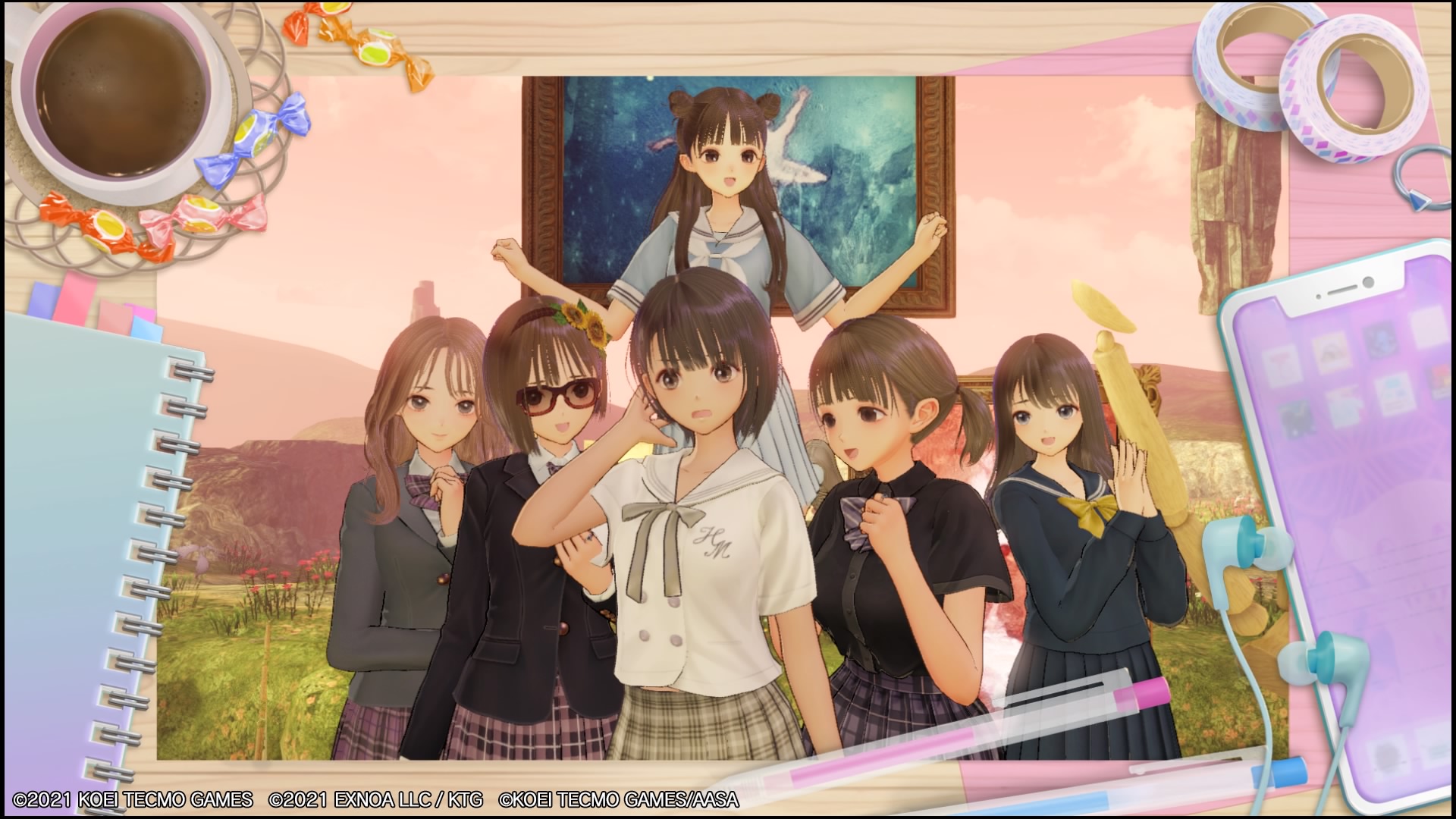
Verdict
While there are a couple aspects I do miss from the first Blue Reflection, like the Sailor Moon-esque transformation sequences and exploring with the Reflector outfits on, there’s no denying that Blue Reflection: Second Light is not only a step above the first game, but a couple. The new combat system grew on me over time and it does let the battles go faster (especially later on), the story and the characters are much more interesting and entertaining this time around, and the areas you’re exploring are all different and interesting to explore. I also appreciate that the fanservice is toned down here (hot take I know) as while I didn’t mind most of it in the first game, there were some scenes that made me a bit uncomfortable watching in the first game. I might even say I enjoyed Second Light more than the first game. While I wouldn’t say this is an Autosave, it did come close for me to where I can definitely say Blue Reflection: Second Light is worth picking up.
Though if you are intending to play the first Blue Reflection (after getting it on a discount), I do recommend playing it in order. There are so many improvements made between the two games that it’s going to be hard going from this one to the first.

